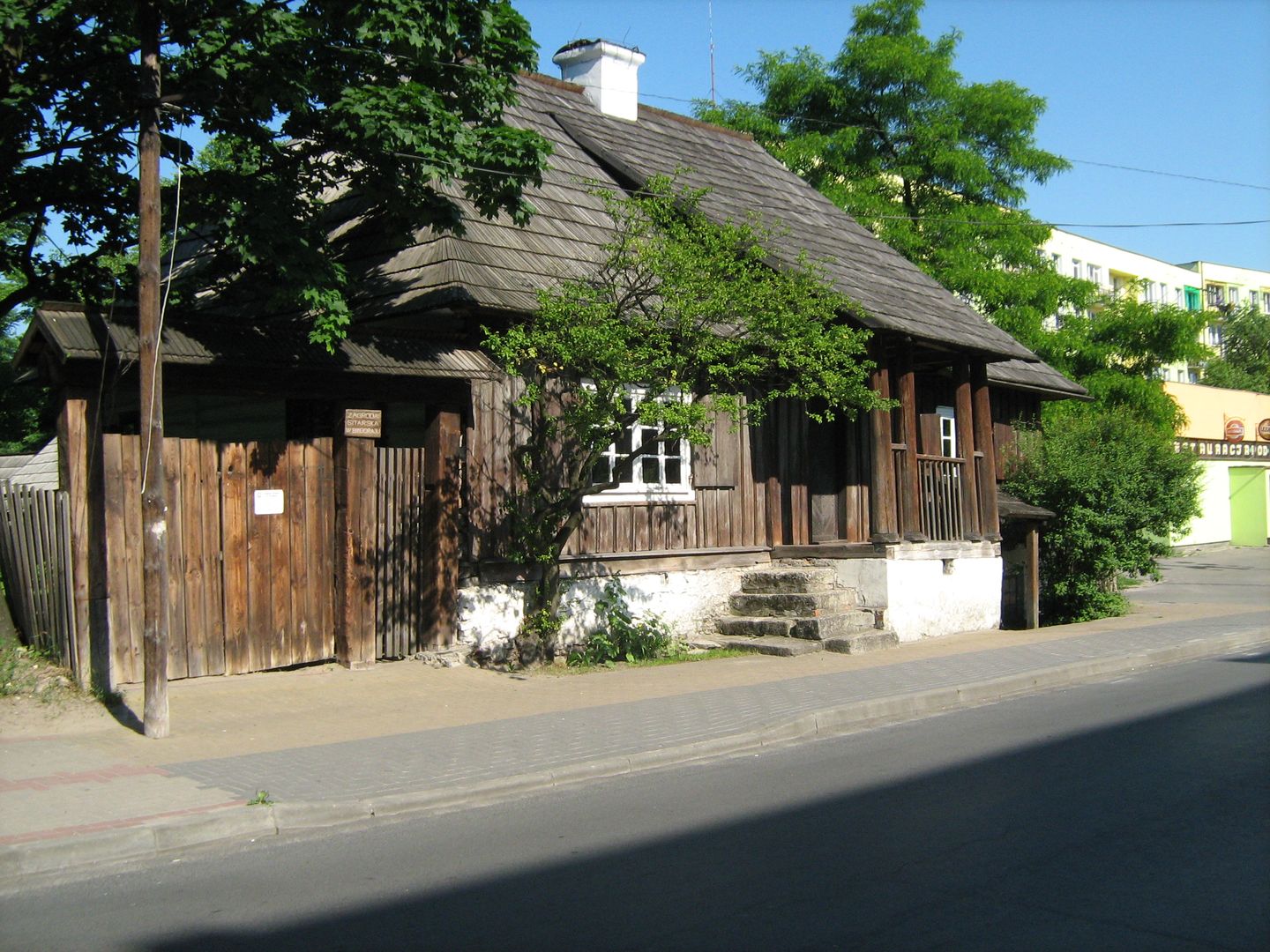Sitars' Homestead Open-Air Museum
6.61

Overview
The "Zagroda Sitarska" Open-Air Museum in Biłgoraj is a museum located in the city center at 32 Nadstawna Street, showcasing the sitar-making traditions and typical Biłgoraj architecture from the 16th to the 19th century. The museum complex includes the 1810 residential house of sitar maker Andrzej Grabiński, a woodshed, a granary, a carriage house, a livestock building, and log hives, all surrounded by a traditional fence. The buildings, dating back to the early 19th century, were typical of Biłgoraj's architecture until the 20th century. In the 1970s, thanks to the efforts of local activist Józef Dechnik, Biłgoraj underwent dynamic development, and the area around Nadstawna Street was transformed into a housing estate, making "Zagroda Sitarska" the only preserved historical site in the vicinity. The sitar maker's house is wooden, built with log construction, and features a hipped roof covered with wood shingles. The interior is divided into two parts, containing kitchens and rooms, one of which served as a sitar workshop. Many elements of the furnishings indicate the wealth of sitar makers, and the house displays hair sieves and wire mesh for sieves. The woodshed, an integral part of the workshop, was used for storing fuel and producing sieve frames. The adjacent granary includes spaces for grain storage and milling equipment, while the livestock building, formerly a stable, now exhibits items related to sitar making, coopering, wheelwrighting, pottery, and oil production. The courtyard also features reconstructions of an old horse-powered threshing machine, traditional log hives, and characteristic gates, making the open-air museum a unique place that vividly portrays local history and culture.
Location
2025 Wizytor | All Rights Reserved